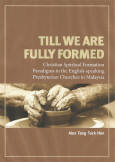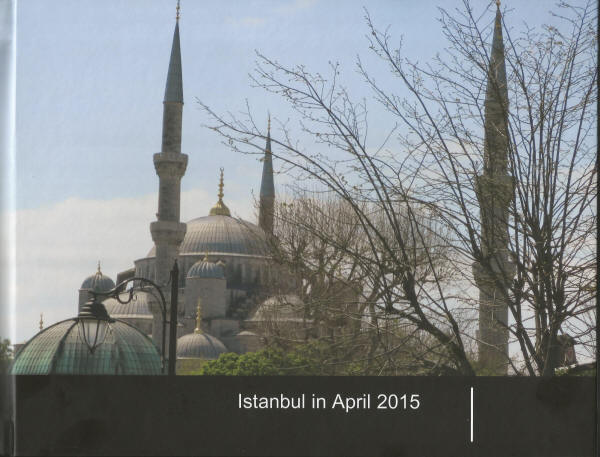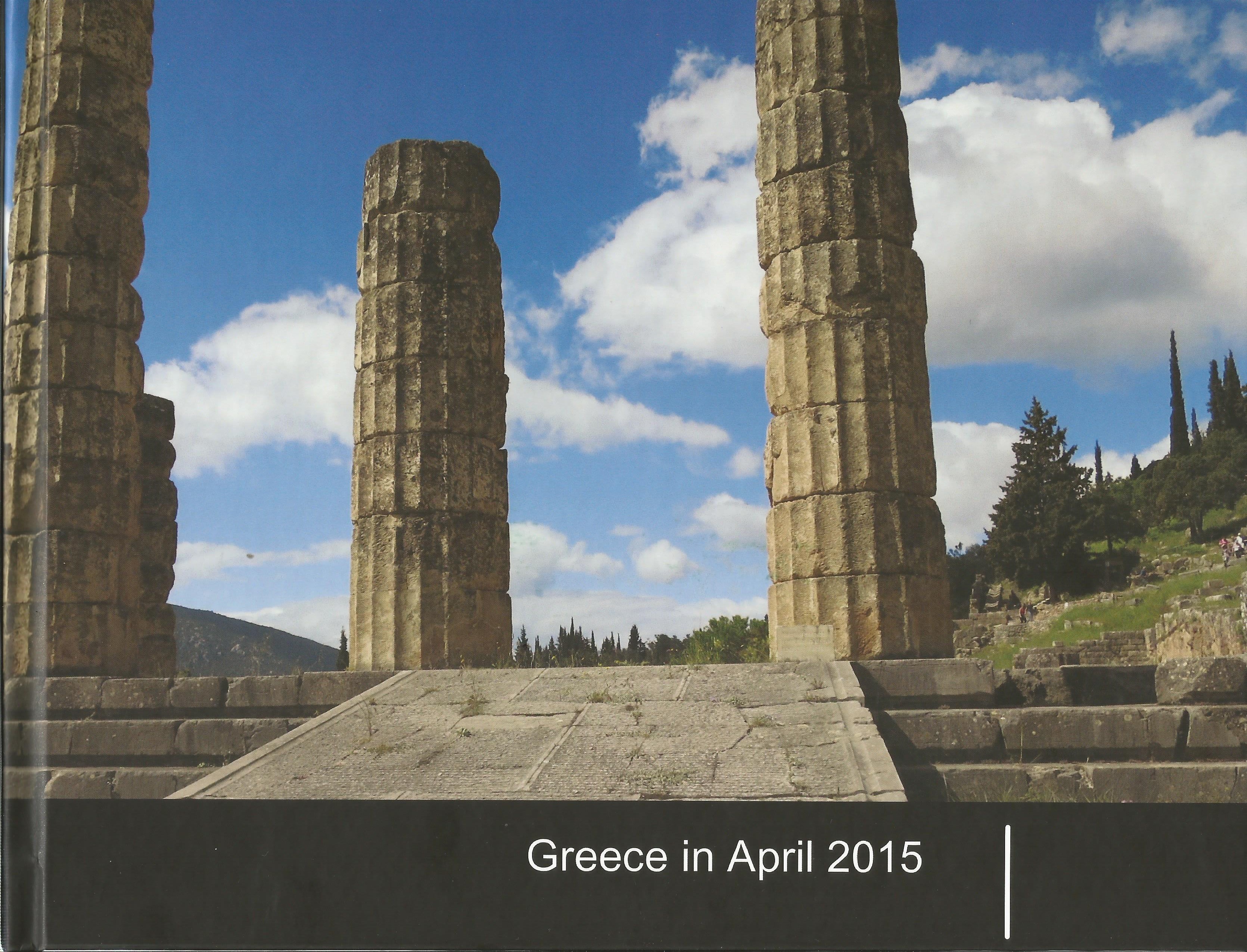Madaba Mosaic Map
 |
| I am pointing to Jerusalem on a replica of the Madaba Map |
Madaba is about 32 km south of Amman. It was a Moabite
town that was captured from Sihon the Amorite by the Israelites (Num 21:30). We
went there to see the Madaba Mosaic Map. This map is a floor mosaic on the
floor of St. George’s
Greek Orthodox Church which was built over a Byzantine church which was erected
around the 6th century. It is believed to be the oldest surviving
map of the Holy Land. As buildings erected in Jerusalem after 570 CE
are conspicuously absent, it was probably created between 542 and 570 CE. The
floor mosaic was rediscovered in 1896.
This map is unique in that east is facing
the top and Jerusalem
is in the centre. Jerusalem
was portrayed in great details. In February 2010, further excavations in Jerusalem substantiate the accuracy of this map with the
discovery of a central road that runs through Jerusalem. The Church of the Holy Sepulchre
or the Church of the Resurrection was laid in the centre of Jerusalem. Aside from being a geographical
map, it is also a theological map which portrays the resurrection as the focus
of Christian beliefs. As we look at the surviving portions of mosaic map in the
church, I cannot help but have a sense of history encompassed by the
territories involved. I also admired how the focus of the map is on Jerusalem and not on the
surrounding landscapes. It conveys a sense of spiritual attraction towards Jerusalem.
This sense of focus and being drawn toward
the divine is further enhanced by the icons on the walls, pillars and the wall
of icons in this beautiful Greek Orthodox Church. I feel a sense of continuity
with millions of pilgrims who were drawn to Jerusalem
in the Holy Land.
 |
| St. George's Greek Orthodox Church, Madaba |
 |
| part of the map showing Jerusalem |
 |
| part of the map showing Jerusalem |
 |
| the Sinai Peninsula with a mountain situated between the Negev in Palestine and the Egyptian Delta. |
“I saw the Holy City, the new Jerusalem, coming down out of heaven from God, prepared as a bride beautifully dressed for her husband. And I heard a loud voice from the throne saying, “Look! God’s dwelling place is now among the people, and he will dwell with them. They will be his people, and God himself will be with them and be their God. ‘He will wipe every tear from their eyes. There will be no more death’ or mourning or crying or pain, for the old order of things has passed away.”” -Revelation 21: 2-4
Labels: HolyLand





















0 Comments:
Post a Comment
<< Home